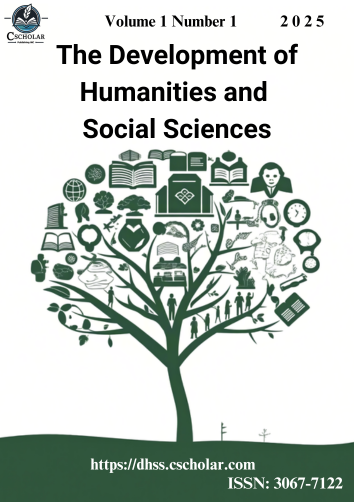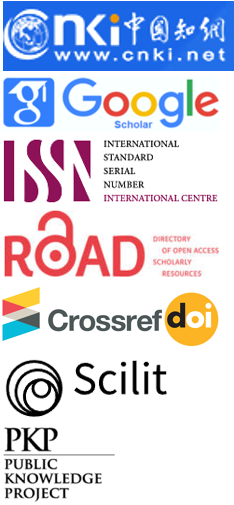Research on the Problems and Strategies of the Development of Chinese Curriculum in Primary Schools: A Case Study of R Primary School in L City
DOI:
https://doi.org/10.71204/7qhkwg68Keywords:
Chinese Textbooks For Primary Schools, Implicit Resources, Development Status, StrategyAbstract
Chinese textbooks, meticulously compiled in accordance with national curriculum standards, serve as structured teaching tools that systematically convey the core knowledge and essential skills of the Chinese language. As the primary medium for achieving instructional objectives, these textbooks play an indispensable and guiding role in classroom learning. Beyond their explicit educational content—such as foundational language knowledge and practical application skills—textbooks also contain implicit resources that are often overlooked. These tacit resources, characterized by their subtlety, content richness, long-term impact, and non-cognitive attributes, present significant challenges for educators in terms of effective identification and development. This study begins by systematically examining the connotation, characteristics, developmental value, and guiding principles of tacit resources. It then conducts a detailed content analysis of various textbook components, including text selection, reading aids, exercises, assignments, and illustrations, to identify the distribution patterns and embedded meanings of these resources. Drawing on interviews and classroom observations, the research further explores how tacit resources are developed and utilized in primary Chinese language instruction. It investigates multiple dimensions, including teachers’ awareness of such resources, the cultivation of students’ emotional and attitudinal growth, practical strategies for in-class development, as well as encountered challenges and proposed solutions. The findings of this study not only deepen our understanding of the implicit dimensions of Chinese textbooks but also offer practical insights and guidance for educators seeking to tap into these resources more effectively in daily teaching practices.
References
Cong, H. (2018). Development and utilization of implicit curriculum resources in comprehensive practical activity courses.Modern Primary and Secondary Education,34(11), 24-26.
Xu, P. (2019). Analysis and research on the development of curriculum resources for comprehensive practical activities in primary schools.Knowledge Base, (24), 61+74.
Wang, D. Y. (2022). Research on the development status and countermeasures of implicit resources in primary school Chinese textbooks. Qufu Normal University.
Zhong, A. (2022). The value and practice of implicit labor education curriculum resource development in primary and secondary schools.Journal of Qilu Normal University, 37(02), 91-97.
Ananda, K. D. (2022). Reading strategies for effective comprehension–A study. International Journal of Multidisciplinary Educational Research, 11(5), 68-73.
Zhang, X. (2023). Investigation of stakeholder roles in developing and utilizing Chinese curriculum resources. Chinese Times (School Principals' Edition), 12, 142-143.
Yang, Y. (2023). Exploration on the construction of school-based Chinese curriculum in primary schools: A case study of the development of Chinese curriculum resources in primary schools.Basic Education Forum, (22), 41-43.
Li, Y. D. (2019). The relationship between campus invisible curriculum development and students' moral development.Tianjin Education, (27), 59-61.
Wang, Z. J. (2019). The relationship between campus invisible curriculum development and students' aesthetic education development.Tianjin Education, (09), 135-136.
Xu, G. Z. (2022). Development and utilization of Chinese curriculum resources in primary schools.Language Construction, (16), 4-7+26.
Downloads
Published
Data Availability Statement
The raw data supporting the conclusions of this article will be made available by the authors on request.
Issue
Section
Categories
License
Copyright (c) 2025 XianFei Ke (Author)

This work is licensed under a Creative Commons Attribution 4.0 International License.
All articles published in this journal are licensed under the Creative Commons Attribution 4.0 International License (CC BY 4.0). This license permits unrestricted use, distribution, and reproduction in any medium, provided the original author(s) and source are properly credited. Authors retain copyright of their work, and readers are free to copy, share, adapt, and build upon the material for any purpose, including commercial use, as long as appropriate attribution is given.





